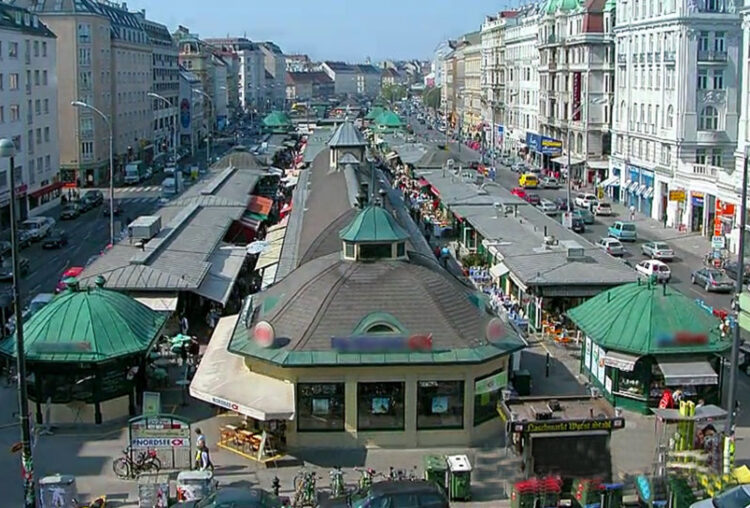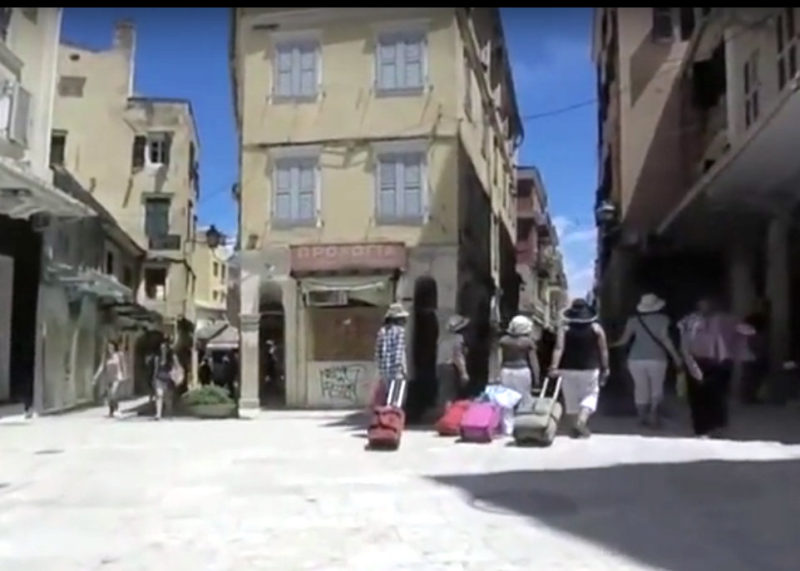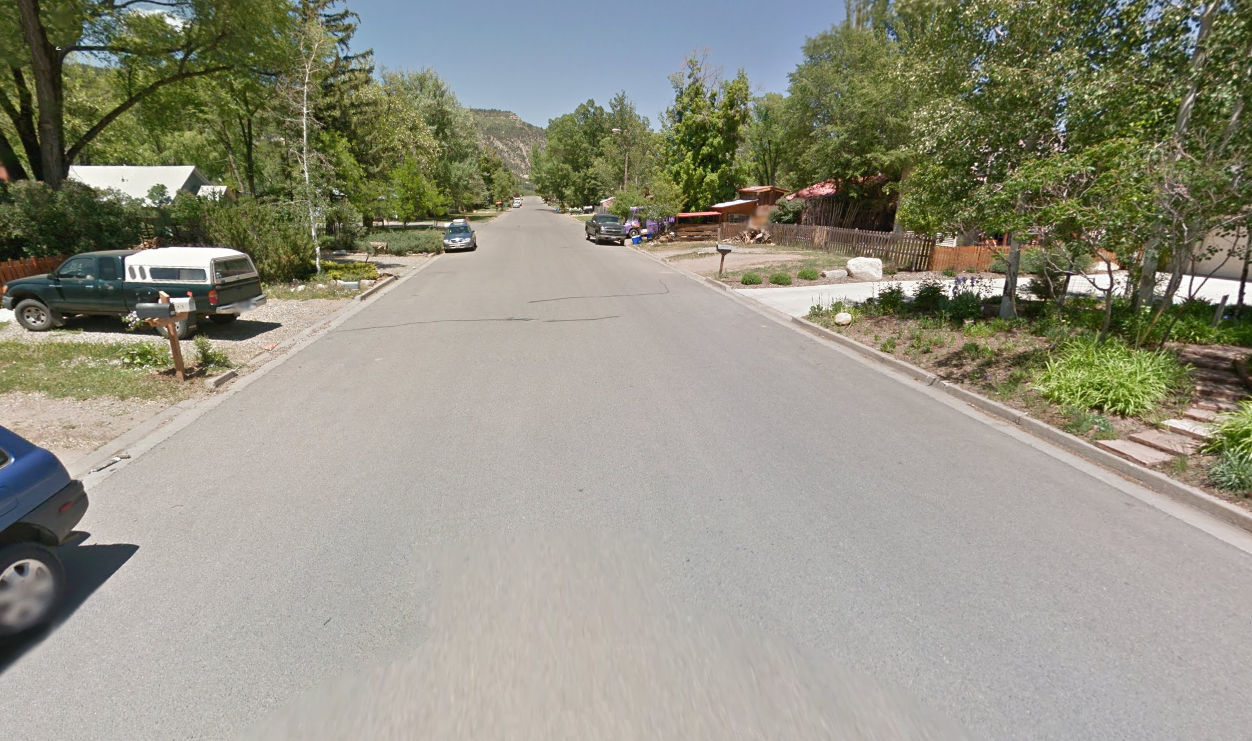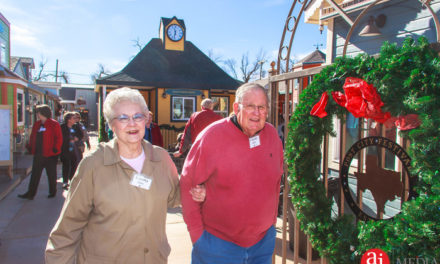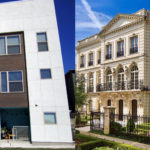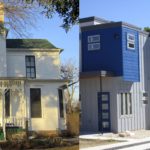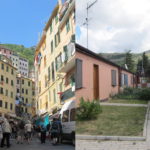The above road is 9 de Julio Avenue in Buenos Aires, Argentina. At 360 feet wide it’s one of, it not the, widest avenues in the world. Visiting this place in 2003, I dashed across as quickly as possible, a refugee fleeing frightening urban design, and retreated into a side street. Gargantuan dimensions make 9 de Julio Avenue a hostile-feeling place.
Compare 9 de Julio Avenue with the below street, far away on another continent…
What a contrast. This street is intimate, people-oriented, and free of vehicular danger. This is the case almost entirely because the street is narrow.
Nowhere are the harms of wide streets more in evidence than in the US where millions of people are drowning in an ocean of desolate, automobile-dominated wide streets. Transforming wider streets into narrower streets across the US would have significant impact on the quality of daily life.
In a previous article we explored what could happen if we narrowed a residential street of modest width. But what could we do about extremely wide streets like 9 de Julio Avenue?
The answers are out there. And there’s no better source of inspiration than Vienna, Austria…
This is Vienna’s Naschmarkt, a deli and food market, and on Saturdays also a flea market. The space in which the Naschmarkt is set, as defined by its surrounding taller buildings, is wide. But the presence of the 3 closely-arranged rows of smaller buildings down the center creates an intimate human-scaled area. In fact, the photo of the narrow street we saw earlier was actually taken in the Naschmarkt area.
(I should also point out that the Naschmarkt has existed here since the 16th century. It probably didn’t replace a super wide arterial road, even though it might look like it. But it’s still a great illustration of what we might do to wide roads elsewhere.)
To see how 9 de Julio Avenue could become something like the Naschmarkt area, ponder upon this transition between the two places…
Let’s explore the Naschmarkt and see what could happen if a place like 9 de Julio Avenue got a human-scaled overhaul…
The buildings are approximately 12 feet apart, that magic street width that appears all over traditional towns and cities worldwide. It’s a scale that produces an intimate human-scaled environment. The awning overhead creates an even richer intimacy.
Inside the Naschmarkt, a more fine-grained and complex layout of “streets” is possible. For instance, here we see a corner, creating more building edge surface area where outside seating can be placed, livening up the area. What a fun place to be in.
Everything is up close and easy to perceive – on both sides. The perfect place to buy and sell and just to walk around.
Will a Naschtmarkt-like development come to 9 de Julio Avenue? Probably not. Could it happen to a wide road somewhere else? Absolutely. Wide roads are everywhere and it’s likely they’ve had slimming down treatments for centuries. For instance…
This solution of infilling wide streets could bring mini paradises to what are currently alienating and unpleasant wide streets. A world of possibilities awaits us. Let’s bring this to the table when we’re talking about how we can improve our towns and cities.


